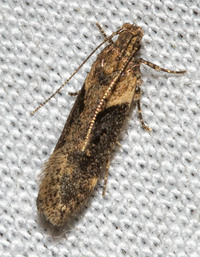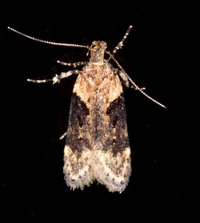
| Recorded by: Dean Furbish and Joy Wiggins on 2025-09-20
Wake Co.
Comment: | 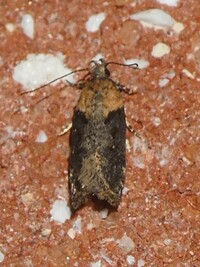
| Recorded by: Simpson Eason on 2025-09-19
Durham Co.
Comment: |

| Recorded by: David George, Dale Morgan, Patrick Coin, Julie Tuttle, Becky Watkins, et al. on 2025-07-26
Orange Co.
Comment: | 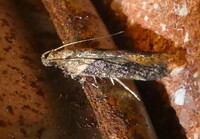
| Recorded by: Simpson Eason on 2025-07-22
Durham Co.
Comment: |
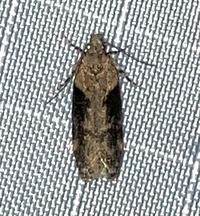
| Recorded by: Ken Kneidel on 2025-07-19
Mecklenburg Co.
Comment: | 
| Recorded by: Dean Furbish on 2025-07-04
Wake Co.
Comment: |

| Recorded by: John Petranka and Sally Gewalt on 2025-04-29
Warren Co.
Comment: | 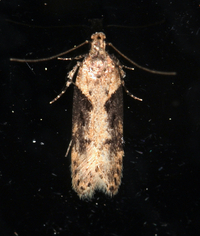
| Recorded by: Jim Petranka on 2025-04-26
Madison Co.
Comment: |
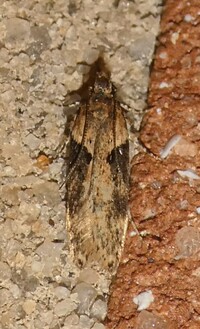
| Recorded by: Simpson Eason on 2025-04-25
Durham Co.
Comment: | 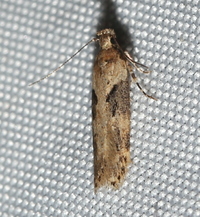
| Recorded by: David George, Bonnie Eamick on 2025-04-25
Wake Co.
Comment: |
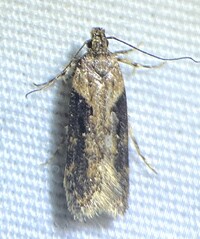
| Recorded by: Dean Furbish, Lior S. Carlson on 2025-04-05
Orange Co.
Comment: | 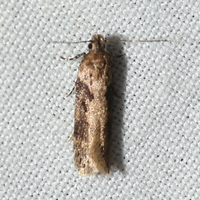
| Recorded by: David George on 2025-04-04
Durham Co.
Comment: |
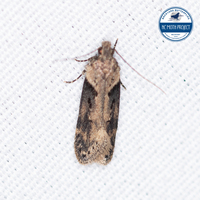
| Recorded by: Lior S. Carlson, Dean Furbish on 2025-03-19
Orange Co.
Comment: | 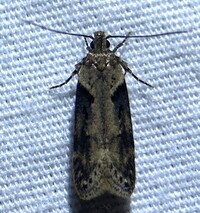
| Recorded by: Lior S. Carlson, Dean Furbish on 2025-03-19
Orange Co.
Comment: |

| Recorded by: Jim Petranka on 2024-08-14
Madison Co.
Comment: | 
| Recorded by: David George, Jeff Niznik on 2024-08-06
Transylvania Co.
Comment: |

| Recorded by: David George, Jeff Niznik on 2024-08-05
Transylvania Co.
Comment: | 
| Recorded by: Jim Petranka on 2024-07-31
Madison Co.
Comment: |

| Recorded by: David George, Jeff Niznik, Patrick Coin, Steve Hall, Carol Tingley, Tom Howard on 2024-07-27
Chatham Co.
Comment: | 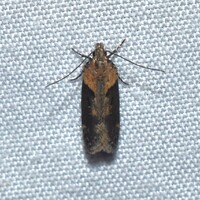
| Recorded by: Jeff Niznik on 2024-07-24
Orange Co.
Comment: |
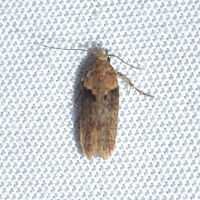
| Recorded by: Jeff Niznik on 2024-07-21
Orange Co.
Comment: | 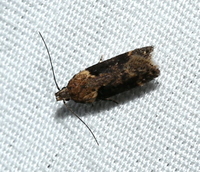
| Recorded by: David George on 2024-07-04
Chatham Co.
Comment: |

| Recorded by: David George, Stephen Dunn, Jeff Niznik, Patrick Coin on 2024-06-22
Chatham Co.
Comment: | 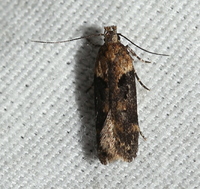
| Recorded by: David George on 2024-06-20
Durham Co.
Comment: |

| Recorded by: Jim Petranka on 2024-05-14
Madison Co.
Comment: | 
| Recorded by: Jim Petranka on 2024-04-29
Madison Co.
Comment: |
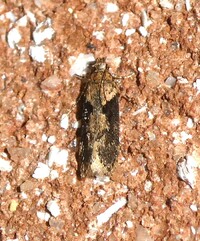
| Recorded by: Simpson Eason on 2024-04-17
Durham Co.
Comment: | 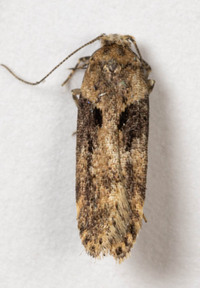
| Recorded by: Stephen Hall on 2024-04-14
Orange Co.
Comment: |
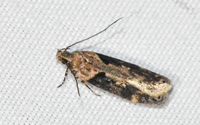
| Recorded by: Emily Stanley on 2024-04-09
Buncombe Co.
Comment: | 
| Recorded by: K. Bischof on 2024-04-02
Transylvania Co.
Comment: |
|

 »
»
